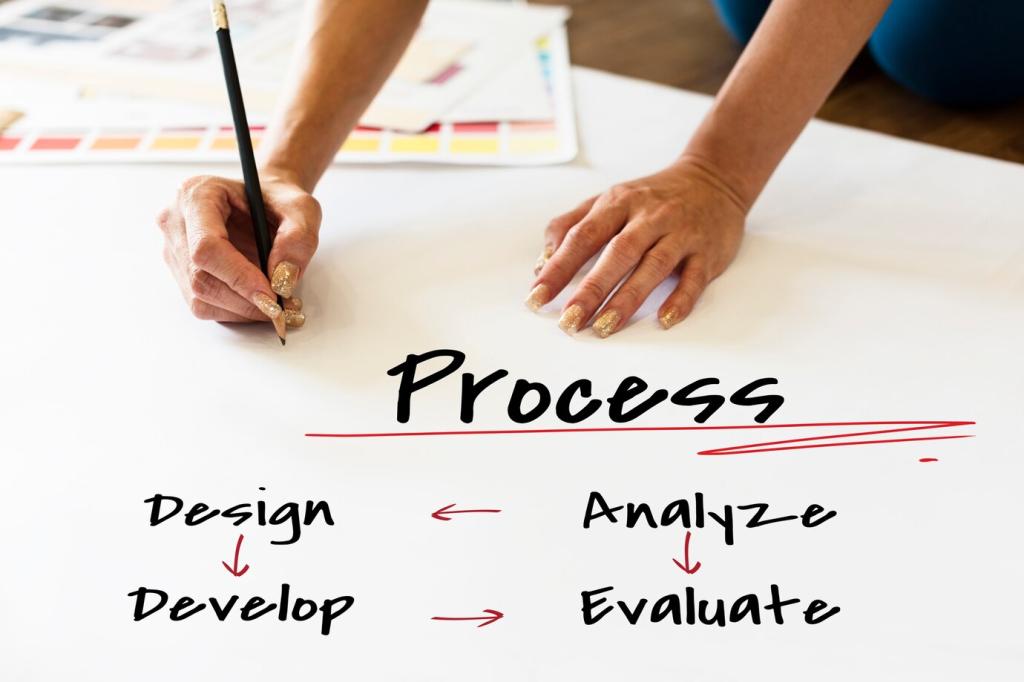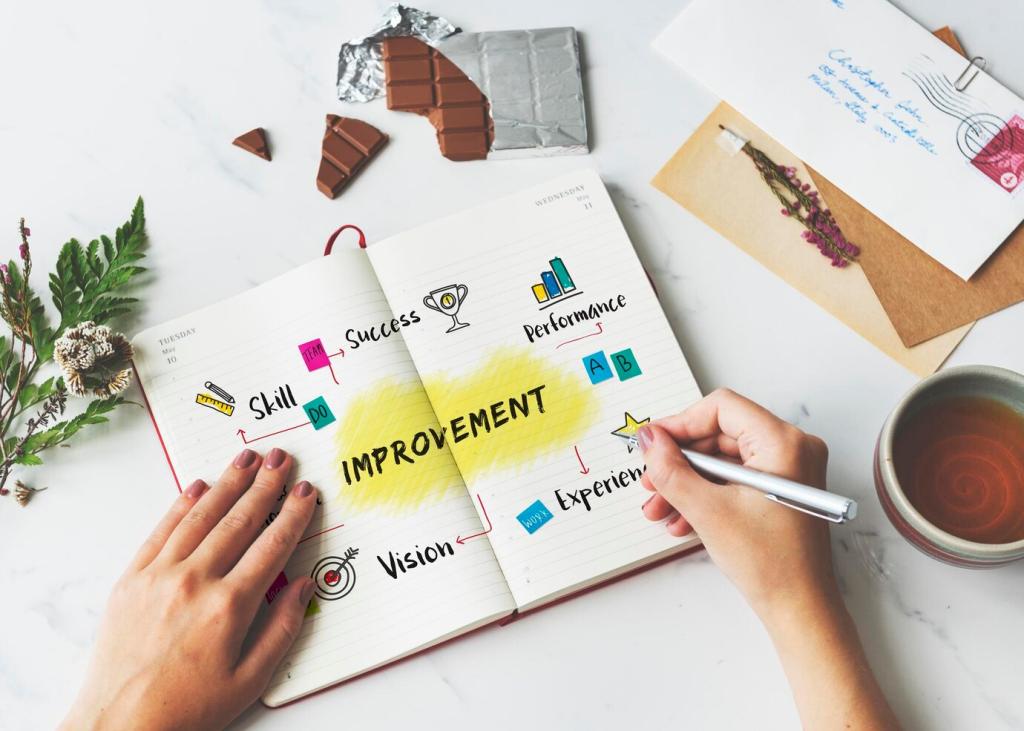Structured Methods: Interest-Based Negotiation and Mediation
Marketing demands a Friday launch; Engineering insists on two weeks. The position is date; the interest is risk tolerance and credibility. By naming interests, the team agrees to a beta release plus a staggered rollout backed by a quality gate.
Structured Methods: Interest-Based Negotiation and Mediation
Set psychological safety, set time limits, gather each side’s story uninterrupted, mirror back interests, brainstorm options, test feasibility, confirm agreements, and define ownership. Document outcomes visibly so commitments survive calendar churn and stakeholder turnover.










